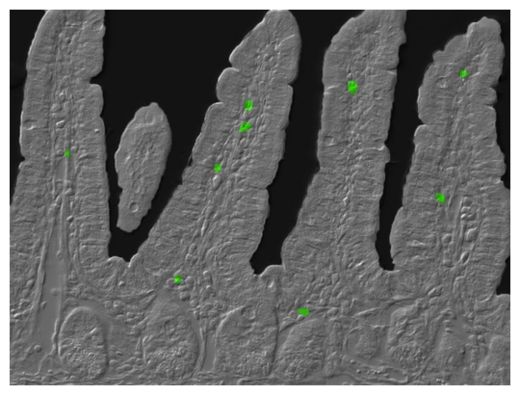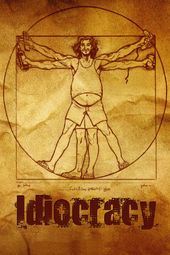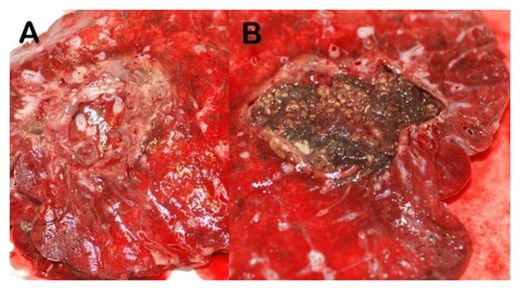
The finding "was a happy accident," says Lora Hooper, an immunologist at the University of Texas Southwestern Medical Center in Dallas. She and her colleagues were studying NFIL3, a protein that guides the development of certain immune cells and turns on the activity of others. The gene for this protein is mutated in some human patients with inflammatory bowel disease, and mice lacking the gene for NFIL3, the team found, had more so-called TH17 cells in their intestines.
These cells are a type of immune cell known as a T cell. They get their name from a signal they produce, called interleukin 17, which tells other T cells to increase the immune response. In normal numbers, TH17 cells, which live in the intestines, help the body fight bacterial and fungal infections.
But when there are too many, the immune defense begins to cause illness rather than prevent it. Boosting NFIL3 levels in T cells growing in lab cultures resulted in fewer of them turning into TH17 cells, the researchers found, suggesting that the protein's job is to prevent T cells from going into that area of specialization. The absence of the protein, the team concluded, leads to runaway TH17 activity.











Comment: They claim to be worried about the children, but what they don't understand is that asthma levels have gone up AS A RESULT OF the introduction of smoking bans:
The Scientific Scandal of Antismoking